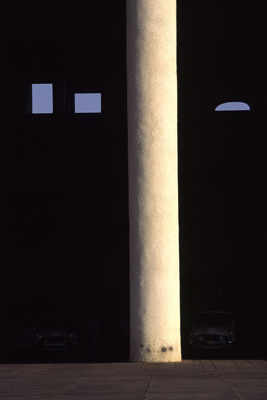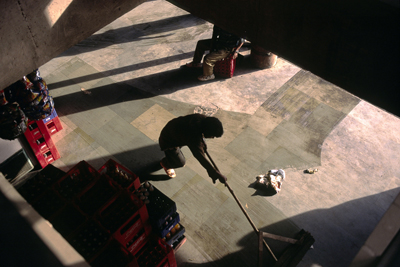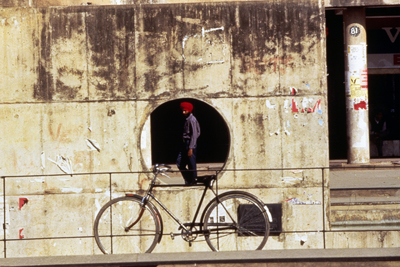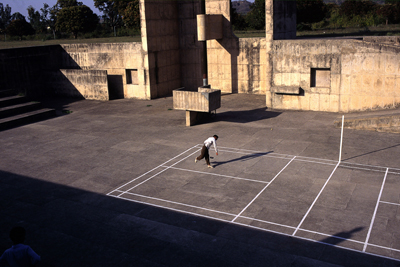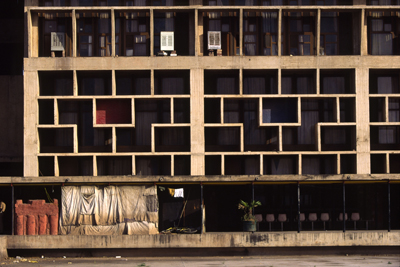So it’s Halloween. Rather than mentioning the ideologically incoherent ramblings of Republican Senate contenders embarrassed by youthful dabblings, I thought I’d dig through the archive and find someone who actually had a coherent world view, albeit a Pagan one.
Step forward the rather brilliant Shan Jayran, pagan scholar, therapist and mum who ran the House of the Goddess temple in Balham during the ‘Nineties. I photographed her for a Channel 4 documentary and then again as part of a project about British Pagans at Home. She was terribly helpful and gave me lots of contacts in the Pagan world.

Contrary to it’s serious spiritual roots, Halloween is now an American, corporatised globalised money pot that from my curmudgeonly vantage point gives children a dubious moral ability of being able to demand something from you at point of a threat. But I digress…
Here’s a couple of more pictures from the series
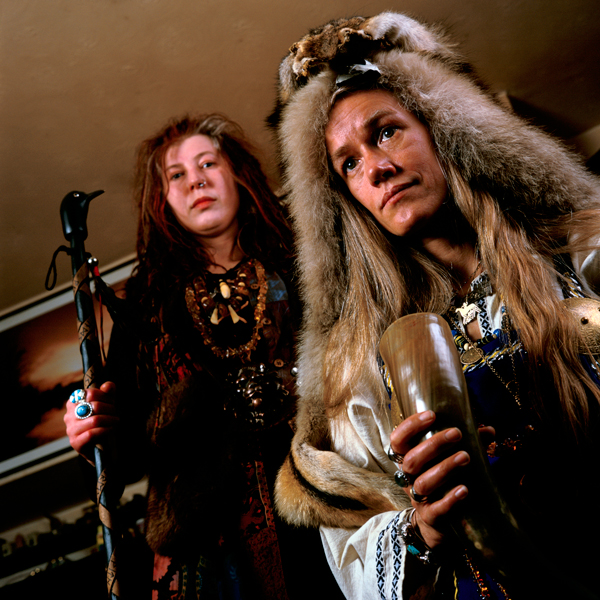
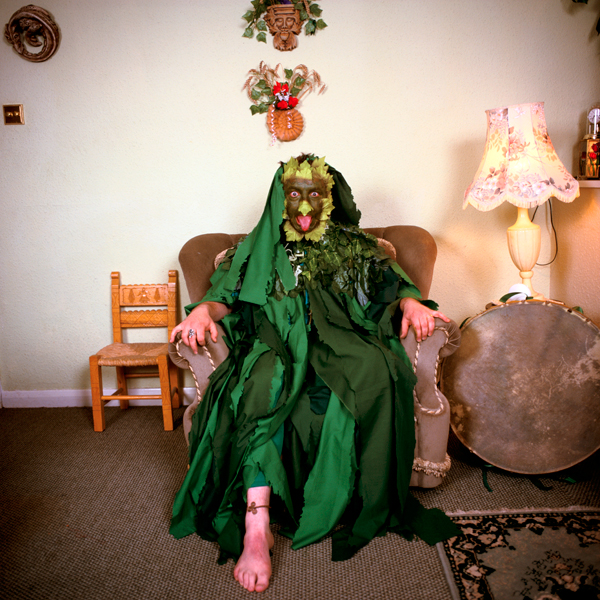
It’s been a long while since I looked at these images but what I remember from meeting these people was how charming and generous they were. These were people who, whether you agreed with them or not, had immersed themselves in a spiritual search to find their own personal understanding of the world. Unlike the deluded minions in the Tea Party movement doing the unwitting bidding of real dark masters like the Koch brothers.

